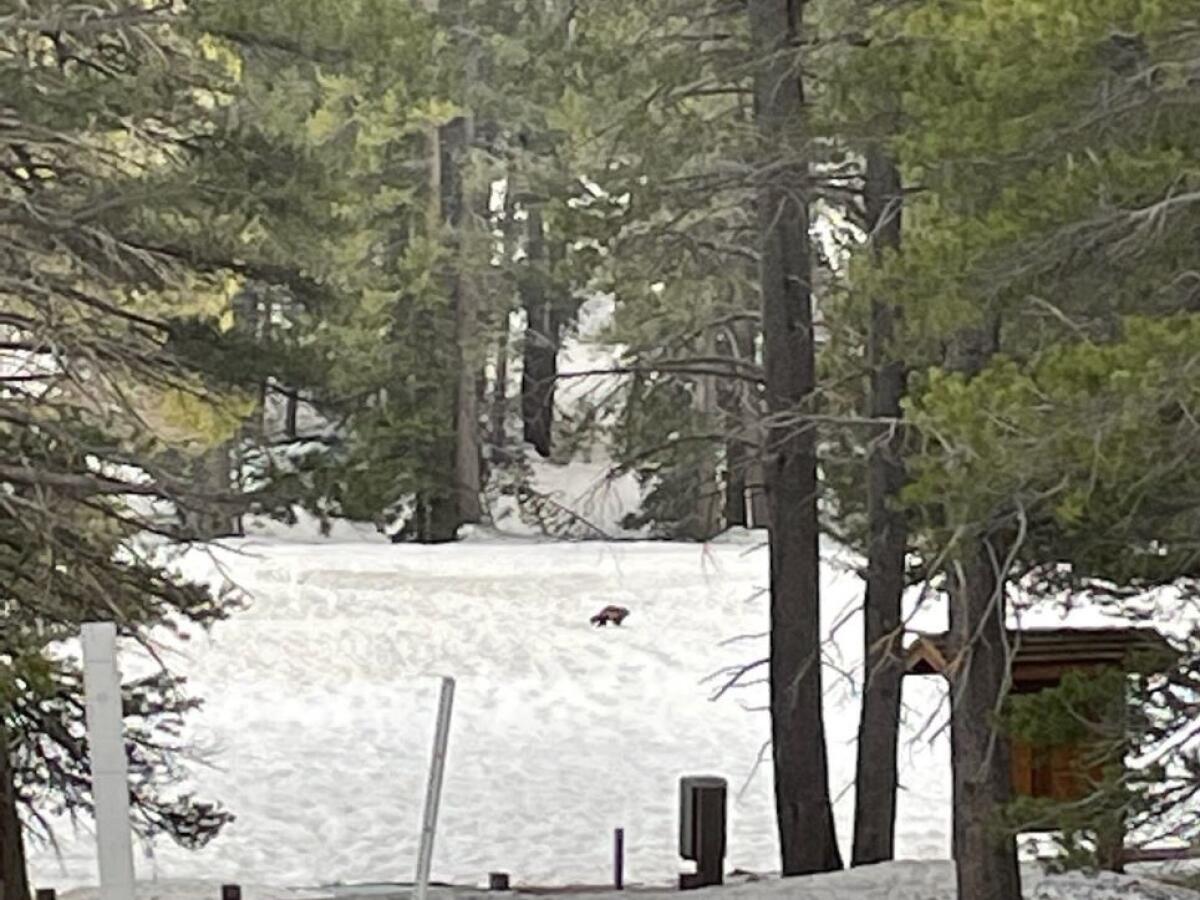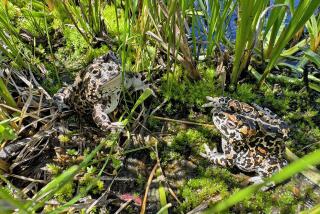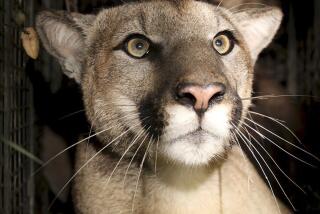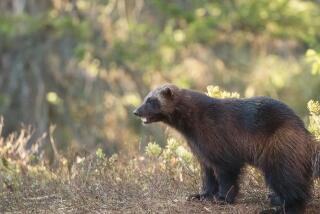Rare wolverine spotted in California, second confirmed specimen in a century

A wild wolverine was spotted multiple times in California last month, only the second specimen to be verified by experts in the past century, according to the state Department of Fish and Wildlife.
Over a two-week period in May, the wolverine was reported twice in Inyo National Forest and once in Yosemite National Park. Photos and video of the animal were analyzed by U.S. Forest Service experts, who confirmed it was the same creature due to its body proportions, coloration and movement.
“Wolverines can travel great distances, making it likely that the recent sightings are all of the same animal,” Department of Fish and Wildlife Senior Environmental Scientist Daniel Gammons said in a statement. “Because only two wolverines have been confirmed in California during the last 100 years, these latest detections are exciting.”
A wolverine has not been spotted in the California wilderness since 2018, and that same creature was also reported in 2008 within the Truckee region of Tahoe National Forest. Given wolverines typically live 12 to 13 years, the 2023 sightings are believed to be a different animal.
California’s only known wild wolverine is still alive and roaming somewhere in the Tahoe National Forest, but he is nearing the end of his natural life.
“Some people may be seeing it and not realizing it’s incredibly rare,” said Tim Daly, a spokesman for the Department of Fish and Wildlife.
Julia Lawson, another environmental scientist with the department, said records exist of wolverines living in the Sierra Nevada until 1922. However, that population was eroded by a combination of hunting, trapping and poisoning to prevent them from preying on livestock.
The creatures, which are genetically related to weasels and badgers, are widespread in Alaska and Canada, with smaller populations in Washington and Idaho, according to wildlife officials.
Wolverines can resemble small bears given their fur and size. They are listed as threatened under the California Endangered Species Act and it is illegal to export, kill, possess or purchase them.
They are largely solitary, meaning any wild specimen found in California likely walked here by its lonesome.
“It sounds far-fetched, but that is the most likely explanation,” Lawson said. “Our speculation as to why this wolverine made it down here was it was a huge snow year.”
California, where the wild things -- including wolverines -- are
Lawson said researchers are keenly interested in learning more about the wolverine and hope to collect genetic samples such as hair, scat or saliva left at feeding sites.
Anyone who believes they have observed the creature can report it to the California Department of Fish and Wildlife at apps.wildlife.ca.gov/wir.
More to Read
Sign up for Essential California
The most important California stories and recommendations in your inbox every morning.
You may occasionally receive promotional content from the Los Angeles Times.











